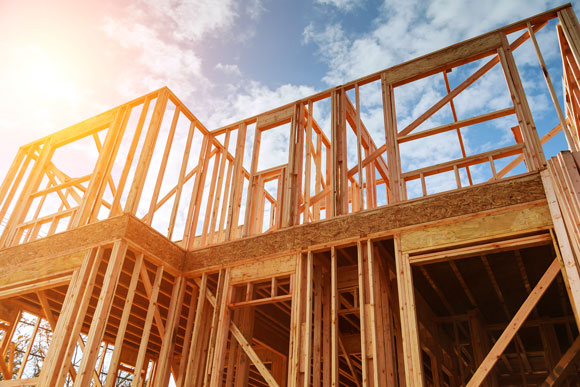U.S. housing starts surge 13.6% year over year in November
November proved to be a strong month for housing starts in the U.S.
Looking for metal price forecasting and data analysis in one easy-to-use platform? Inquire about MetalMiner Insights today!
According to recent data from the U.S. Census Bureau and the Department of Housing and Urban Development, housing starts in November came in at a seasonally adjusted annual rate of 1.37 million, which marked a 3.2% increase from October and 13.6% from November 2018’s 1.20 million.
In addition, single-family housing starts reached a rate of 938,000 in November, which was up 2.4% from October. The rate for units in buildings with five units or more was 404,000.
Meanwhile, units authorized by building permits in November came in at a seasonally adjusted annual rate of 1.48 million, up 1.4% from October’s 1.46 million. The November rate was also up 11.1% compared with November 2018 permits.
The rate for single-family housing permits reached 918,000, up 0.8% from October, while authorizations for units in buildings with five units or more totaled 524,000.
Keep up to date on everything going on in the world of trade and tariffs via MetalMiner’s Trade Resource Center.
Housing completions reached a seasonally adjusted annual rate of 1.89 million in November, down 6.6% from October but up 7.3% on a year-over-year basis. Single-family housing completions were down in November, reaching a rate of 883,000 (down 3.6% from October). Completions of units in buildings with five units or more checked in at a rate of 295,000.
Fannie Mae upgrades housing forecast
In other housing news, in a report this week, Fannie Mae touted “strength in labor markets and consumer spending” as factors behind its sunnier forecast for the U.S. housing market.
According to the Fannie Mae Economic and Strategic Research Group, homebuilders are set to expand production as a result of strength in the aforementioned economic indicators.
“Housing appears poised to take a leading role in real GDP growth over the forecast horizon for the first time in years, further bolstering our modest-but-solid growth forecasts through 2021,” said Doug Duncan, Fannie Mae senior vice president and chief economist. “In our view, residential fixed investment is likely to benefit from ongoing strength in the labor markets and consumer spending, in addition to the low interest rate environment. Risks to growth have lessened of late, as a ’Phase One’ U.S.-China trade deal appears to be in place and global growth seems likely to reverse course and accelerate in 2020. With these positive economic developments in mind, we now believe that the Fed will hold interest rates steady through 2020.”



Leave a Reply